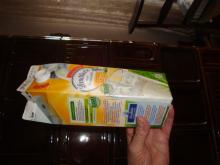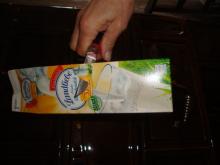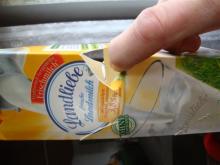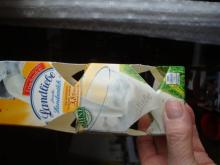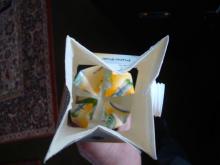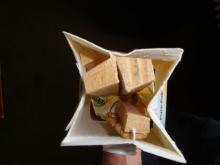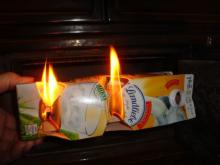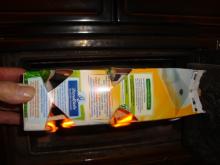Muhammad Nurhuda from the Physics Department, Brawijaya University
in Malang, Indonesia
They have developed a various biomass stoves ( Kompor Biomass ) The fuels also vary from chopped woods/twigs, pellet, palm kernel shell, hazelnut kernel shell, corncob, etc..
And they have a nice collection of YouTube videos:
- UB-03 http://www.youtube.com/watch?v=sty_pdFYr44
- UB-02 http://www.youtube.com/watch?v=B4r5U18s_OY
- UB-03 with Palm Kernel Shells http://www.youtube.com/watch?v=g7TZn6YGOcI
- Using the UB-03 Stove http://www.youtube.com/watch?v=KOba6FobfrQ
- UB-03 Jumbo http://www.youtube.com/watch?v=b70z9-0nK6E
All stoves presented above are of TLUD types, but the combustion is improved by using pre-heating and counter-flow burning mechanism. The one intended for palm kernel shell utilizes diffused-combustion mechanism, in addition to pre-heating and counter flow mechanism.
The latest one
http://www.youtube.com/watch?v=b70z9-0nK6E
is devoted for institutional cook stove or small restaurants.
Very recently, we have also developed a new rocket stove. The combustion in this new rocket stove is improved by introducing counter-flow burning mechanism.

